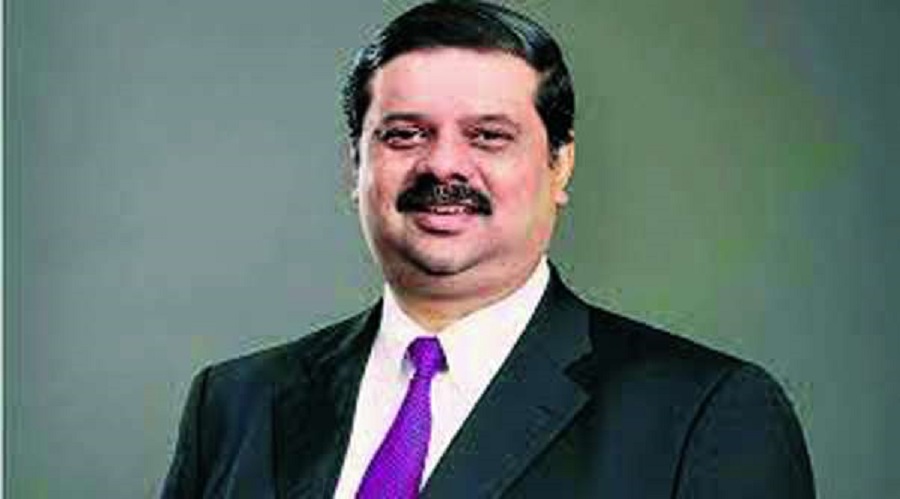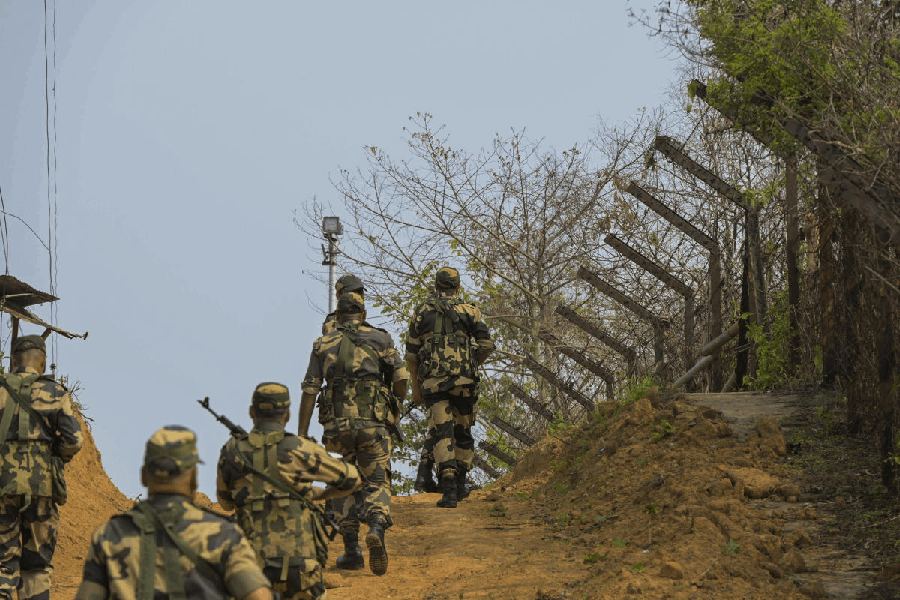Tata Steel Group posted its highest ever profit in its history with the European operations contributing significantly alongside the India business, allowing the company to deleverage its balance sheet, increase capex and announce a hefty dividend. Tata Steel CFO and ED Koushik Chatterjee tells The Telegraph that the company will continue to deleverage $1 bn a year, support capex to double capacity in India and also reward its shareholders.
• Tata Steel Europe reported best financial performance since acquisition with an EBITDA of $1.2 billion. How do you define the journey for Tata Steel?
Over the last decade, we have undertaken a lot of restructuring in Europe, be it operational improvements, addressing product portfolio, taking costs out through transformation, bringing efficiency in supply chain, leveraging best practices and exiting unprofitable portfolio. All of this helped us to prepare the fundamentals for an upcycle. While these efforts are not always reflected in the results because of various factors, there comes a time when the structural strength of the business finally manifests.
In the last five years, we were relentless in our focus on outcomes – apart from the focus on Europe. In India we pursued growth through a mix of inorganic and organic actions and integrated them, raised the bar on earnings and free cash flows which facilitated deleveraging the balance sheet and helped us to regain the investment grade credit rating.
• How do you assess the current volatility in the steel industry from multiple angles including the next quarter?
As you know, steel goes through significant volatility and is exposed to extraneous macro challenges. Currently there is significant volatility driven by the geopolitical situation , other geo-economical dynamics in the world order as well as the threat of inflation , affecting the supply chain and reflecting on the input factors like iron ore and coal and as also on the steel prices.
But if I look beyond the shorter spectrum of the lens, I also think there is a trend evolving with the enhanced focus on climate change, carbon emissions across the developed nations and policy changes in China.
This is leading to a structural change in supply especially in sea borne trade. And with higher demand for steel on the back of green capex, government spending across the globe and consumer demand,. there is a rebasing of supply demand dynamics. The spread of raw material to steel prices will be higher than before and longer than previously witnessed.
• What would the future outlook be for Tata Steel in the medium term?
Being in India, we are focused on allocating a higher proportion of our free cash flows on an exciting pipeline of projects which will enhance capacity, will be cost competitive, enrich our product portfolio and help exceed customer needs, fuel innovation and in low carbon transition.
As the National Infrastructure Pipeline take shape and consumption grows, steel will remain a foundational material and the country will continue to require higher volumes of differentiated steel with specialised application and we will be ready to meet the requirements. We are heavily committed to invest in digital technology and working on cutting edge research with academia on various facets of material science .
• You have signalled prioritising growth capex from hereon. Does this indicate that Tata Steel is now comfortably placed with the present level of net debt?
Not quite, we have actually re-emphasised that we will continue to deleverage our balance sheet. In the last two years we have reduced our net debt by over Rs 50,000 crore and though a lot of heavy lifting has been done, there is still some journey ahead.
We continue to stick to our announced plan to deleverage by $1 billion every year but we will also allocate higher capex for growth as we have a incredibly strong pipeline of growth projects. As a company we believe we can grow meaningfully, provide value and returns to our shareholders and keep the balance sheet strong based on a clear optimisation model.
• On capex and growth, how should we look at the next few years in Tata Steel?
Well, our first priority is to complete the Kalinganagar expansion project to 8 million tonnes and also look at growth.
Once the Neelachal Ispat acquisition is completed this quarter, we will have four integrated sites available in India and three out of the four has the potential to grow significantly in this decade which will be cost competitive and have an equally strong downstream product mix. Apart from that we will be progressing on scrap based electric arc furnaces long products capacity expansion which will be modular and multi-locational and you will hear about them soon.
These projects along with growth in downstream value added products like tinplate, wires, tubes, coated products and logistics and infrastructure investments will manifest in a very significant momentum of growth for Tata Steel.
• Has the consolidation process that you started now completed?
The consolidation will also continue as we now need to do the second level consolidation to drive further synergies and scale. We keep eliminating companies in the chain and last year we have taken out 20 subsidiaries at a consolidated level.










